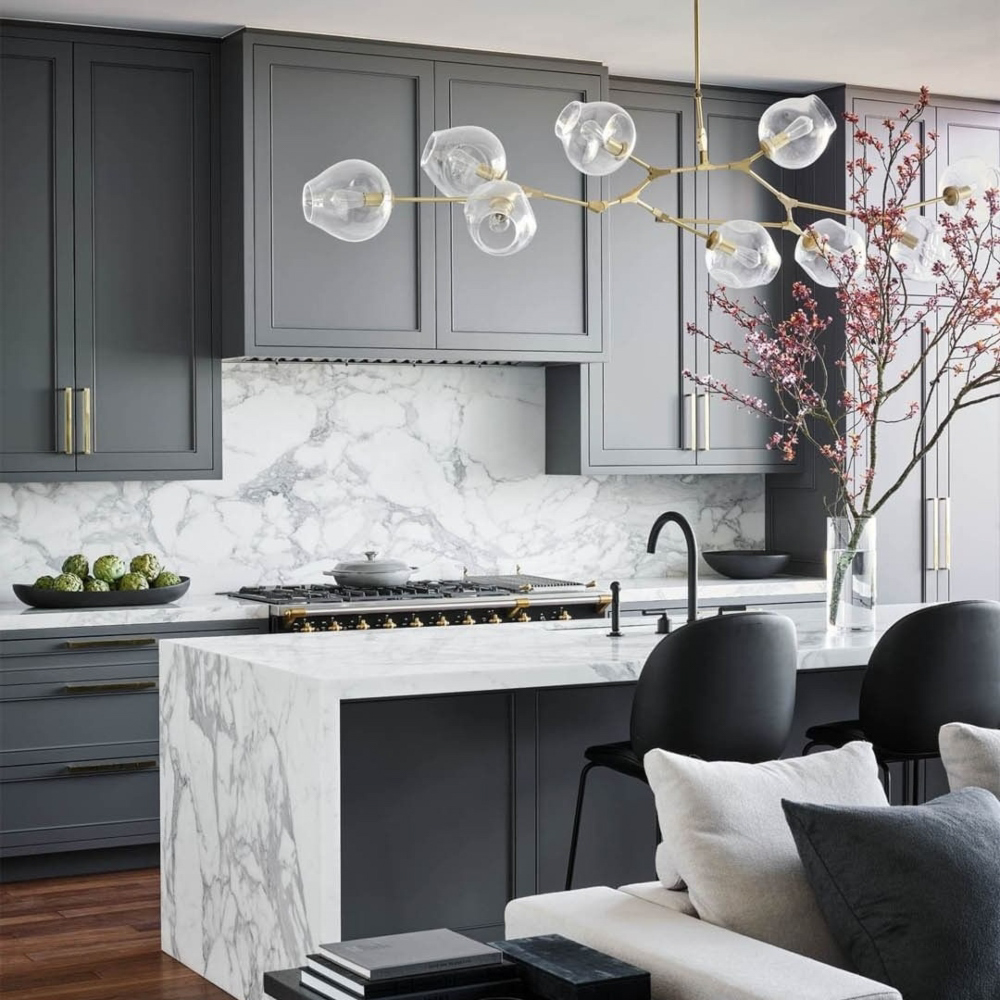Introduction
The Wagenfeld Table Lamp is a classic example of Bauhaus design, celebrated for its elegant simplicity and functionalist form. Designed by Wilhelm Wagenfeld in the 1920s, this table lamp has become an iconic symbol of modern design, admired for its understated aesthetic and the way it blends form and function to create a practical yet beautiful object.
This article will explore the history and design features of the Wagenfeld Table Lamp, examining why it has endured as a classic example of Bauhaus style and how it has influenced the wider design world.
History of the Wagenfeld Table Lamp
The Wagenfeld Table Lamp was first designed in 1924 by Wilhelm Wagenfeld, a student at the Bauhaus School in Weimar, Germany. The Bauhaus was founded in 1919 by Walter Gropius, and was a radical new school of design that aimed to combine art and technology to create objects that were both beautiful and functional. Wagenfeld was a student in the metalworking workshop, and his design for the table lamp was an early example of the Bauhaus philosophy in action.
The lamp was originally created as a task light for the Bauhaus workshops, and was made from simple, industrial materials such as brass and glass. It featured a simple, cylindrical shape with a frosted glass shade that diffused the light in a soft, even glow. The lamp was designed to be utilitarian and functional, but it also had a beautiful simplicity that spoke to the Bauhaus ideal of form following function.
The Wagenfeld Table Lamp quickly became popular both inside and outside the Bauhaus, and was soon produced by the German lighting manufacturer Tecnolumen. Today, the lamp is still being produced by Tecnolumen and other manufacturers, and is considered a classic example of modern design.
Design Features of the Wagenfeld Table Lamp
The design of the Wagenfeld Table Lamp is characterized by its simplicity and functionality. The lamp features a cylindrical base made from polished or satin-finished metal, which supports a frosted glass shade. The shade sits snugly on top of the base and is held in place by a small metal ring.
One of the most distinctive features of the Wagenfeld Table Lamp is the way the shade diffuses the light. The frosted glass creates a soft, even glow that is ideal for reading or working. The bulb is hidden from view, giving the lamp a clean, minimalistic look.
Another design feature that sets the Wagenfeld Table Lamp apart is its adjustability. The lamp can be tilted to direct the light where it is needed, making it an ideal task light for reading, writing, or other forms of work.
The Influence of the Wagenfeld Table Lamp on Design
The Wagenfeld Table Lamp is an important example of how the Bauhaus philosophy of design has influenced the wider world of design. The lamp’s clean, simple lines and emphasis on function over form have become hallmarks of modern design, and have influenced everything from furniture to consumer electronics.
One area of design in which the Wagenfeld Table Lamp has had a significant impact is lighting. The lamp’s elegant simplicity has been adapted and modified by countless designers and manufacturers in the decades since it was first created. Today, you can find lamps with similar shapes and materials in homes, offices, and public spaces all around the world.
But the influence of the Wagenfeld Table Lamp goes beyond lighting. The lamp’s emphasis on function over form has had a significant impact on design in general. The idea that an object should be both beautiful and functional has become a guiding principle for many designers and manufacturers, and has led to countless innovations in everything from furniture to consumer electronics.


